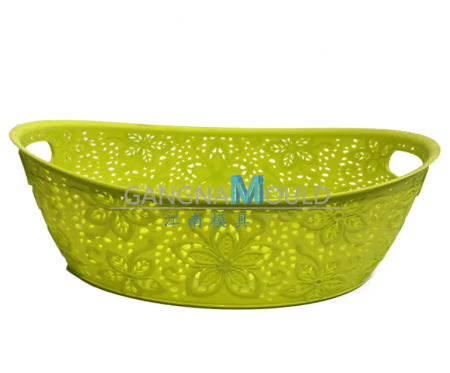The role of a Plate Tray Mold extends beyond basic functionality—today’s users expect high aesthetic value, textured surfaces, and performance in demanding conditions. For trays used in food service or hospitality, the mould must support smooth edges, clean part release and minimal flash. Tooling engineers are responding by designing cavities with precise draft angles, optimised ejection systems and interchangeable inserts for rapid product variant changes.
Material selection is evolving. In many new projects, aluminium allows faster heat-up and cool-down cycles, supporting smaller batch sizes or frequent design changes. Meanwhile, hardened tool steel remains the standard when long life and high cycle counts are required. Surface treatments—such as micro-texturing or polish finishes—enhance the final tray appearance, support brand-specific aesthetics and improve release performance.
Modularity is another key area. Many moulds now include inserts that allow multiple tray sizes or shapes within the same Plate Tray Mold base. This flexibility reduces tooling cost per variant and enables quicker market response. For example, a mould base may support both shallow food-service tray and deeper storage tray with simple insert change-over.
Sustainability concerns are influencing design too. By improving cooling efficiency, reducing cycle time and minimising material waste via optimized runner design, toolmakers help brands meet eco-friendly goals.
In conclusion, the Plate Tray Mold domain is seeing increased emphasis on design quality, customization and modularity. Through careful material choice, cavity design and surface finishing, mould makers enhance tray performance, appearance and production flexibility—ensuring that the printed or finished product meets both functional and visual expectations.



Comments (0)